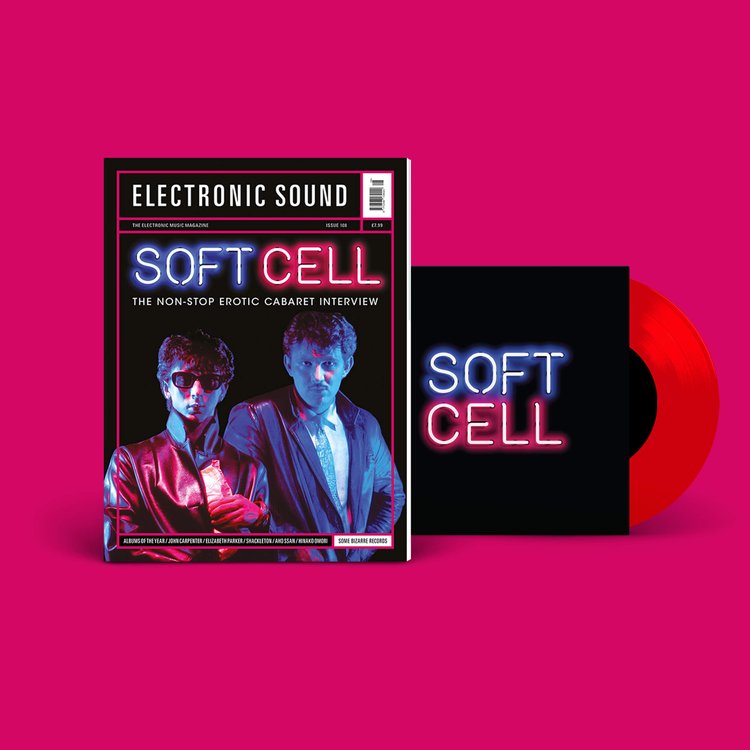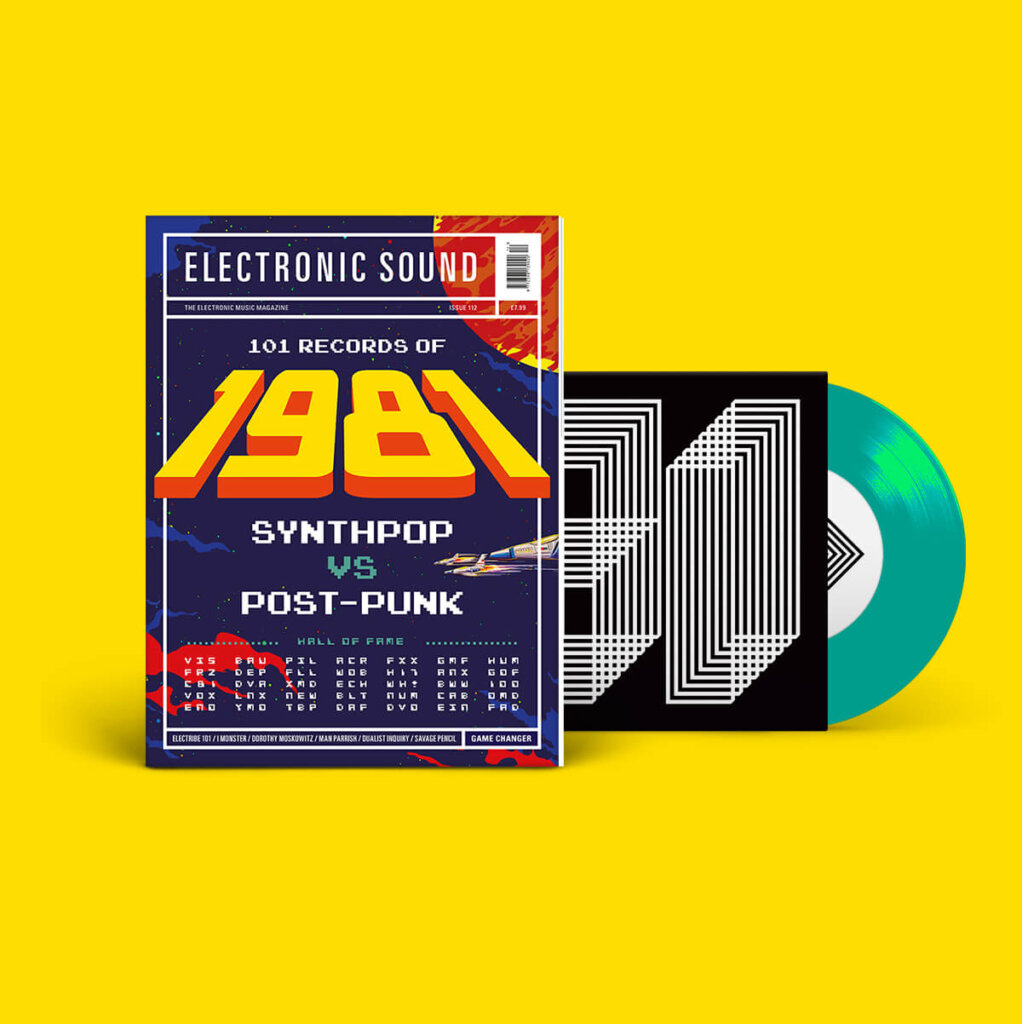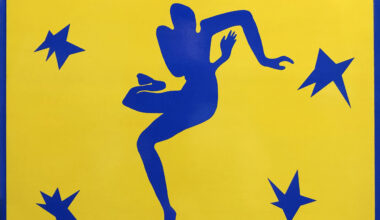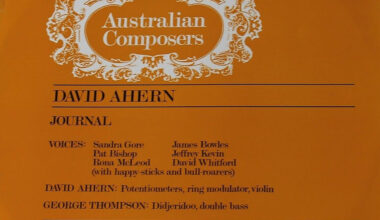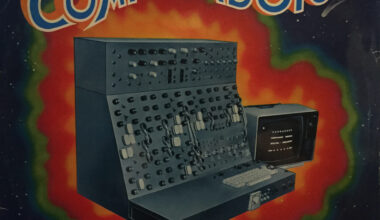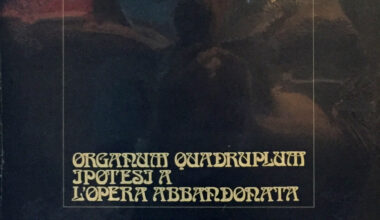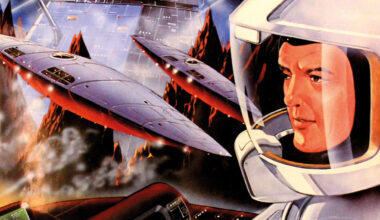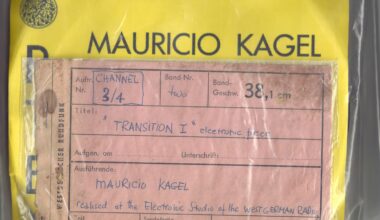From the depths of one of the most extensive collections of electronic and experimental sound recordings, we discover the mysterious and often frightening world of field recordings

Of all the records I’ve talked about from my collection for Electronic Sound, this is the stuff you need to sit down, listen to and then discuss. It’s in that grey area, is it music? What is it, exactly?
Chris Watson is probably the best known person who makes field recordings these days in the UK. He does a lot of work for the BBC, recording the natural world, and has released several albums of his field recordings, like ‘El Tren Fantasma’ which came out of his work on the BBC’s ‘Great Railway Journeys’ programme in the 1990s. He’s a hero of mine, because of his work as one of the original members of Cabaret Voltaire. He was doing this kind of thing back then, in the 70s. All the little bits and bobs of found sound in early Cabaret Voltaire, that’s him. He was always talking about tape machines, and 40 years later he’s still into recording sounds.
Chris Watson goes back a long way, but someone who was doing it before him is Bill Fontana. He finds interesting sounds and edits them together in a very cohesive way. His ‘Sound Sculpture’ album from 1978, I think, was commissioned by the Australian Broad-casting Corporation and has recordings of bridges and airports. One amazing project he did was called ‘Landscape Sculpture With Fog Horns’, which was released in 1982 by the San Francisco radio station KQED-FM. He put microphones on all the foghorns in the Bay Area, and there are a lot of them, and had them all feed into a mixing desk, and then he mixed them as they sounded.
I know the sounds so well myself, when I lived in Sausalito, they’d wake me up all the time. The foghorns are all automated, for example the one on Alcatraz sounds three blasts every 22 seconds. And they’re all different sizes and pitches, each doing its own thing, nothing orchestrated. He made an amazing record from it, it really is music.
Probably the rarest example of this kind of recording I have is by Alberto Soriano, an Argentinian. It’s called ‘Cánticos Para El Caminante’ and it’s terrifying. He went out in Patagonia and Argentina and recorded birds mainly and it just turns into utter noise terror. What would you call this stuff? It’s on a label called Qualiton.
Everything else on the label is folk, so I don’t know how this got under the radar and was actually released.
My favourite is called ‘The Vancouver Soundscape’, which was released in 1973. The guy who put it together, R. Murray Schafer, came up with the idea of soundscapes and acoustic ecology, and founded the World Soundscape Project. This album has a narration all through it. They record an air conditioner unit at Macey’s, it makes this rhythm and sound that is like music, but at the same time they point out, “Why would you want to hear this noise when you’re walking down the street?”. It gives examples of how to record, the best microphones to use, the best tape machines. If you don’t know anything about soundscapes, this is the record to get. It’s a hard record to find, but I got two copies because I liked it so much. If Chris Watson is reading and he’d like a copy, get in touch…

